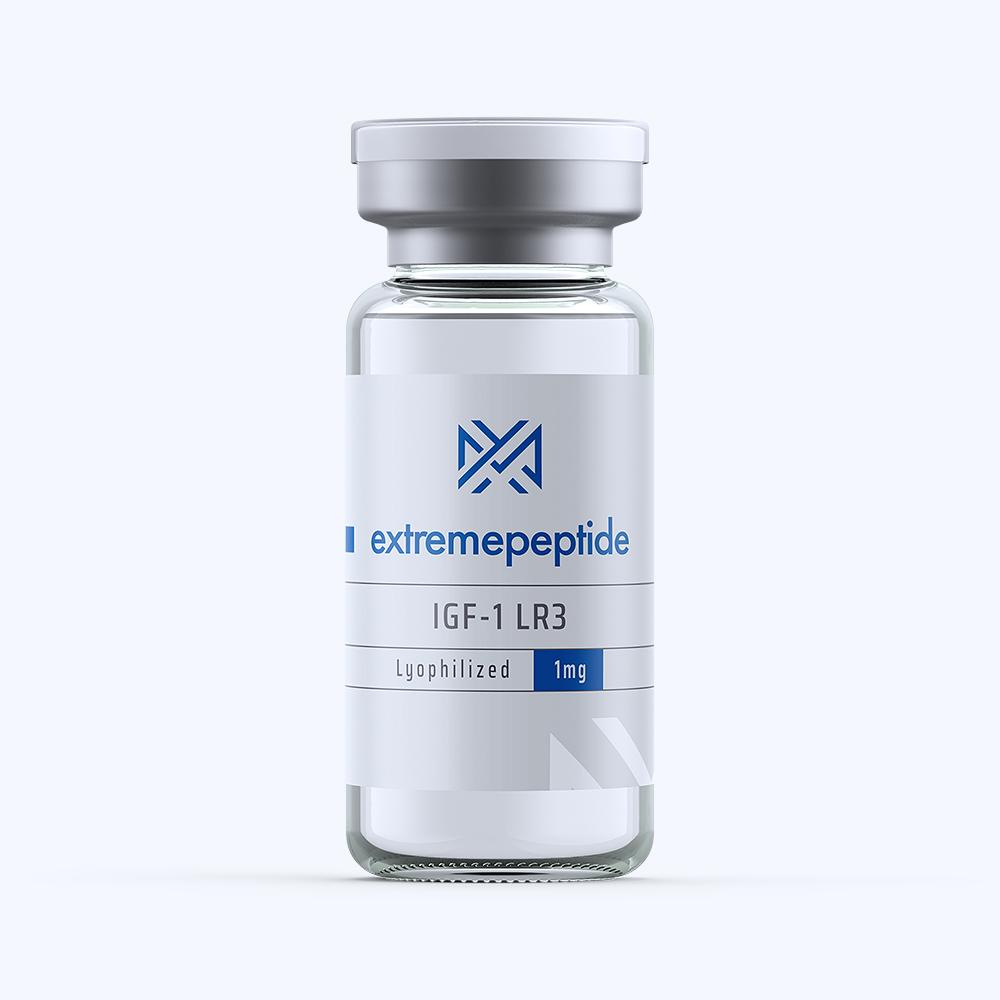(Click here to read the disclaimer on this article)
Insulin-like growth factor or igf-1 contains 83 amino acids and a highly anabolic structure that is naturally released by an animal’s liver to stimulate hormones in the body. Igf is considered to be one of the most potent growth factors present in animals, causing hyperplasia when the natural form is released. When developing igf varieties for study, the peptide is freeze dried so a powder form can easily be stored in a cold temperature to help maintain the stability of the product.
Igf-1 des kits designed for research applications are designed to be diluted with acetic acid to create a pH balance that is suitable for the application in animal test subjects. Concentrations of 500mcg/ml are common for experimental applications. These applications should be administered via syringe in the desired ratios for your experiment. Syringes that will be used for igf-1 des applications should be stored in the freezer.
Use in Experimental Settings
Specific guidelines must be followed to maintain the structure of your product and protect any animal subject during the use of igf-1 des.
- Insulin syringes should be preloaded with your solution, up to 40 syringes per standard 1000 mcg lyophilized igf-1 des kit. This insures even distribution that will create consistent applications to ensure your results.
- Before applying igf-1 des to your test subject, the product should be thawed and drawn from the NaCL buffer.
- The animal’s reaction to igf-1 des is dependent on the size of the application. Larger applications must be attempted with caution as it is possible to cause hypoglycemia in animal subjects.
Much of the reaction to synthesized igf is unknown and based on the reactions to the natural chemical. It is not yet clear if an animal’s body responds in a similar manner to igf peptides when they are applied from an outside source.
Biological Context
Substitutions of amino acids meant to mimic the natural igf-1 application are used to create purative recognition sites for insulin while creating signal transmission proteins.
Cells infected with igf mediate signal transduction that is known to proliferate in response to the synthesized version of this chemical.
Findings from such experiments suggest that the up-regulation of glucose transporters along with igf-1 expression can contribute to estrogen salutary effects that occur in the neural tissue of animals. The applications of these results in experimental settings may play a role in fetal development and growth. Many experiments using this peptide are now focusing their efforts on learning the effects of applying these peptides to pregnant animals.
Igf-1 des will be delivered as a freeze-dried powder developed from the Escherichia coli so it is safe to handle. The igf-1 des powder can remain stable at room temperature for up to 3 weeks, but to ensure the stability necessary to ensure accurate results throughout an experiment, you should store this powder at -18 degrees Celsius.
Once the product has been reconstituted. it must be stored at 4 degrees Celsius. The product may only be used 2-7 days after being reconstituted to ensure stability. You should not freeze and thaw igf-1 des repetitively.
Sources
http://en.wikipedia.org/wiki/Insulin-like_growth_factor_1
Click here to view our entire PDF research library
Click here to view or download this article in PDF format

